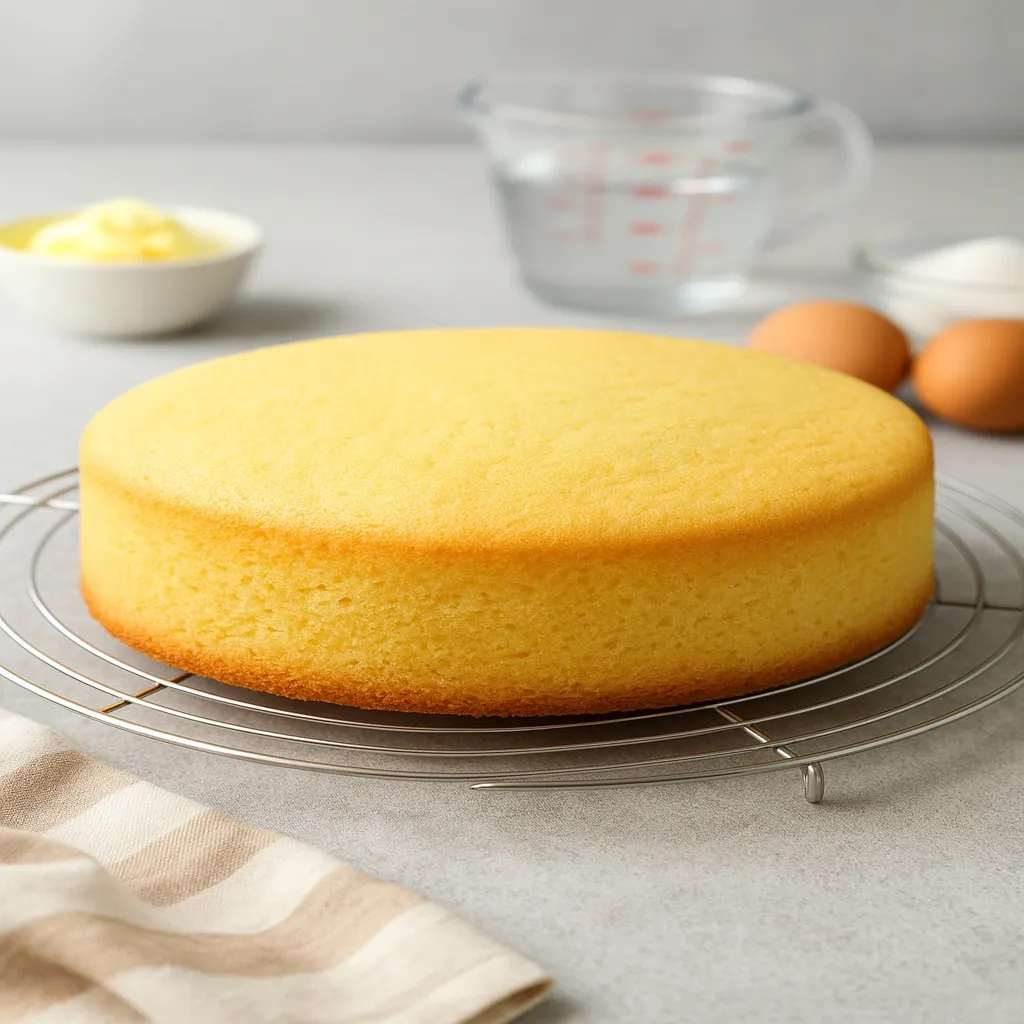Introduction
A soft and fluffy cake is the dream of every home baker. It’s the kind of cake that melts in your mouth, has a light crumb, and feels like it came straight from a professional bakery. But achieving that perfect texture isn’t always easy — sometimes cakes turn out dense, dry, or heavy instead.
The secret? It’s not one single trick, but rather a combination of ingredient choices, mixing techniques, baking methods, and even cooling habits. In this guide, you’ll learn the step-by-step process to bake irresistibly soft and airy cakes every single time.
Step 1: Start with the Right Ingredients
The foundation of a soft cake is quality ingredients.
- Cake Flour Instead of All-Purpose Flour: Cake flour has a lower protein content (about 7–9%) compared to all-purpose flour (10–12%), resulting in less gluten development and a more tender crumb.
- Fresh Leavening Agents: Baking powder and baking soda lose potency over time. Always check expiration dates to ensure proper rise.
- High-Quality Fat: Use unsalted butter for better flavor control, or a blend of butter and oil for extra moisture.
- Room-Temperature Ingredients: Cold butter won’t cream properly with sugar, and cold eggs won’t incorporate evenly.
Step 2: Master the Creaming Method
The creaming method is the classic technique for creating airy cakes. It involves beating butter (or butter and sugar) together until light and fluffy, which traps air and creates volume.
- Beat butter alone for 1–2 minutes to soften.
- Add sugar gradually and beat for 3–5 minutes until pale and fluffy.
- Add eggs one at a time, mixing well after each addition.
Pro Tip: Scrape the bowl frequently to ensure even mixing.
Step 3: Measure Precisely
Even small measurement errors can affect texture.
- Weigh ingredients for accuracy, especially flour.
- Spoon flour into the measuring cup and level off — never scoop directly from the bag.
- Check liquid measurements at eye level in a transparent measuring cup.
Step 4: Don’t Overmix the Batter
Once you add the dry ingredients, mix just until incorporated. Overmixing can overdevelop gluten, making the cake dense instead of fluffy.
Mixing tip: Use a spatula for the final folds to avoid overworking the batter.
Step 5: Use the Right Liquids
The type and temperature of liquids matter.
- Milk or Buttermilk adds tenderness.
- Hot water or hot coffee can enhance cocoa flavor and keep chocolate cakes moist.
- Always use liquids at room temperature unless specified otherwise.
Step 6: Temperature and Baking Time Matter
Baking at the correct temperature is critical. Too hot, and the outside sets before the inside has risen; too low, and the cake may be heavy and undercooked.
- Bake most cakes at 325–350°F (160–175°C).
- Use an oven thermometer to confirm accuracy.
- Position cake pans in the center of the oven for even baking.
Step 7: Keep Moisture Locked In
Moisture retention is key for a soft cake.
- Avoid overbaking — start checking 5 minutes before the suggested time.
- Use simple syrup on cooled layers before frosting to add extra softness.
- Store cakes properly by wrapping in plastic wrap once cooled.
Step 8: Common Mistakes to Avoid
Using Cold Ingredients: Cold butter, eggs, or milk prevent proper emulsification.
Skipping the Sifting Step: Sifting flour and cocoa powder removes lumps and aerates the ingredients, improving texture.
Incorrect Pan Size: Using a smaller or larger pan than recommended affects baking time and texture.
Opening the Oven Door Too Soon: This causes temperature drops that can lead to dense or collapsed cakes.
Variations for Soft and Fluffy Cakes
Vanilla Sponge Cake: A light, airy cake perfect for layering with whipped cream and fruit.
Chiffon Cake: Uses oil and beaten egg whites for exceptional fluffiness.
Angel Food Cake: Made with only egg whites, sugar, and flour for a melt-in-your-mouth texture.
Frequently Asked Questions (FAQ)
Q: Can I substitute all-purpose flour for cake flour?
A: Yes, but the texture will be slightly denser. For a substitute, replace 2 tablespoons of each cup of all-purpose flour with cornstarch and sift well.
Q: How do I keep chocolate cakes fluffy?
A: Use hot coffee instead of water to deepen flavor and keep the crumb soft.
Q: Can I freeze fluffy cakes?
A: Yes. Wrap cooled layers tightly in plastic wrap and freeze for up to 2 months. Thaw at room temperature before frosting.
Q: How do I fix a cake that’s too dense?
A: Review your leavening agent freshness, avoid overmixing, and ensure proper oven temperature.
Conclusion
Soft and fluffy cakes aren’t just a matter of luck — they’re the result of careful ingredient choices, proper mixing, and mindful baking. By applying these tips and avoiding common mistakes, you’ll consistently produce cakes with that bakery-perfect texture.

